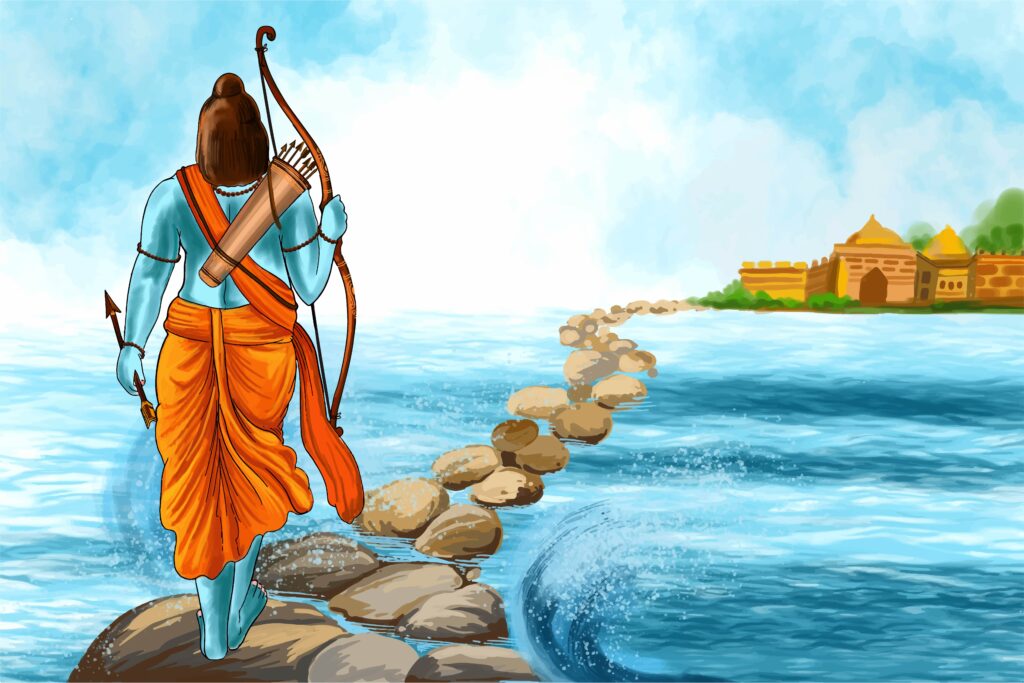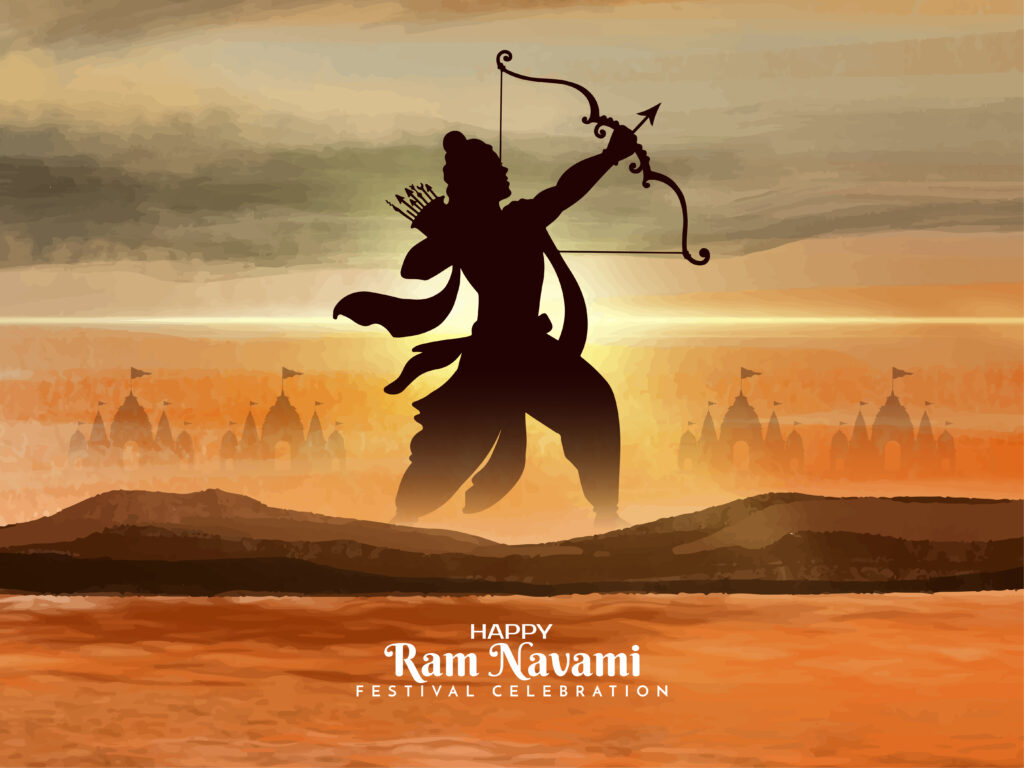Dussehra, also known as Vijayadashami, is one of India’s most significant festivals, symbolizing the triumph of good over evil. Celebrated with grandeur and devotion, each region adds its unique flavor to the festivities.
Here’s a curated list of the most iconic Dussehra celebrations across India, complete with historical insights and travel tips.

Mysore Dasara (Karnataka)
History: Mysore Dasara, also known as ‘Nada Habba,’ is a 10-day royal festival celebrating Goddess Chamundeshwari’s victory over the demon Mahishasura. The tradition dates back over 400 years, with the Wadiyar dynasty playing a pivotal role.
Highlights: City illuminated with over 100,000 bulbs, ‘Jumbo Safari’ elephant procession, cultural performances, Torchlight Parade.
How to Reach: Road, rail, or Mysore Airport from Bangalore.
Best Time: Late September to early October
Local Food: Mysore Pak, Ragi Mudde, South Indian Thali
Source: News18
Kullu Dussehra (Himachal Pradesh)
History: A week-long festival honoring Lord Raghunath, the deity of Kullu Valley, unique for focusing on deities instead of demons.
Highlights: Grand deity procession, folk dances, music, spiritual atmosphere.
How to Reach: Bhuntar Airport (~10 km), or rail via Joginder Nagar.
Best Time: October
Local Food: Siddu, Chana Madra
Credit: News18
Varanasi (Uttar Pradesh)
History: Celebrated with religious fervor; ghats serve as backdrop for Ram Leela and Ravana effigy burning.
Highlights: Evening Ganga Aarti, traditional Ram Leela, effigy burning.
How to Reach: Lal Bahadur Shastri International Airport; well-connected by rail and road.
Best Time: October
Local Food: Banarasi Paan, Kachori Sabzi, Lassi
Kolkata (West Bengal)
History: Coincides with Durga Puja, celebrating Goddess Durga’s victory over Mahishasura; artistic displays dominate the city.
Highlights: Elaborate Durga idols, cultural performances, immersion processions.
How to Reach: Netaji Subhas Chandra Bose Airport; metro & bus network.
Best Time: September–October
Local Food: Macher Jhol, Sandesh, Mishti Doi
Kota (Rajasthan)
History: Known for the tallest effigies of Ravana, Kumbhakarna, and Meghnad; hosts the National Dussehra Fair.
Highlights: Record-breaking effigies, cultural shows, grand fair.
How to Reach: Road/rail; nearest airport Jaipur (~250 km).
Best Time: October
Local Food: Dal Baati Churma, Gatte Ki Sabzi
Ahmedabad (Gujarat)
History: Grand Ravan Dahan with cultural performances, music, and dance.
Highlights: Effigy burning, festive atmosphere, traditional dances.
How to Reach: Sardar Vallabhbhai Patel International Airport; metro & bus.
Best Time: October
Local Food: Dhokla, Khandvi, Farsan
Indore (Madhya Pradesh)
History: Celebrated with prayers, Kanya Pujan, community feasts, and Navratri dances.
Highlights: Ram Leela performances, garba/dandiya, community feasts.
How to Reach: Devi Ahilya Bai Holkar Airport; road & rail.
Best Time: October
Local Food: Poha, Jalebi, Indori Namkeen
Balaghat (Madhya Pradesh)
History: Devotees dressed as Hanuman for rituals; intense spiritual observances.
Highlights: Devotees as Hanuman, traditional rituals, community participation.
How to Reach: Accessible by road & rail.
Best Time: October
Local Food: Bhutte Ka Kees, Sabudana Khichdi, Poha

Bastar (Chhattisgarh)
History: 75-day festival honoring local deities; showcases tribal traditions.
Highlights: Tribal dances, rituals, community feasts.
How to Reach: Jagdalpur Airport; road & rail.
Best Time: September–October
Local Food: Bamboo Shoot Curry, Chana Samosa, Rice Beer
Ayodhya (Uttar Pradesh)
History: Birthplace of Lord Rama; grand Ram Leela and effigy burning celebrations.
Highlights: Ram Leela, Ganga Aarti, Ravana effigy burning.
How to Reach: Nearest airport in Lucknow (~135 km); road & rail connectivity.
Best Time: October
Local Food: Chaat, Kachori, Lassi
Key Takeaways
- Mysore Dasara: Royal grandeur, illuminated palaces, Jumboo Savari.
- Kullu Dussehra: Spiritual deity-centric celebration.
- Varanasi & Ayodhya: Deep religious ambiance with ghats and rituals.
- Kolkata Durga Puja: Artistic, cultural immersion.
- Rajasthan & Gujarat: Largest effigies and traditional fairs.
- Madhya Pradesh: Local traditions with devotional and theatrical elements.
Conclusion
Dussehra in India is not just a festival; it is a celebration of culture, faith, and community. From royal processions in Mysore to tribal rituals in Bastar, every region showcases its unique heritage. By planning ahead, using public transport, and exploring local delicacies, travelers can fully immerse themselves in India’s diverse and vibrant Dussehra celebrations year after year.
Frequently Asked Questions
When is Dussehra celebrated in India?
Dussehra usually falls in September or October, marking the end of Navratri and the victory of Lord Rama over Ravana.
Are the celebrations similar across India?
No, celebrations vary regionally. North India focuses on Ram Leela, South India celebrates Mysore Dasara, while West Bengal coincides with Durga Puja.
Can tourists attend Dussehra events freely?
Yes, most events are open to the public. Certain performances (like at Mysore or Mandi House) may require tickets.
Which place is best for experiencing traditional Ram Leela?
Varanasi, Ayodhya, and Kota are renowned for authentic Ram Leela performances.
Are these celebrations family-friendly?
Yes, venues like Mysore, Dwarka, Kullu, and Bastar are family-friendly, though large crowds are common at major events.
